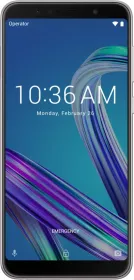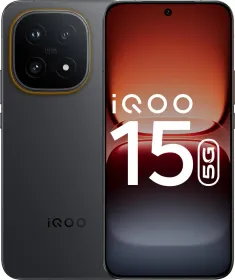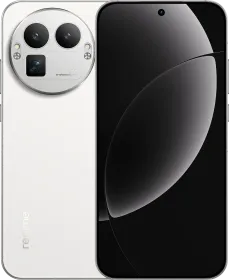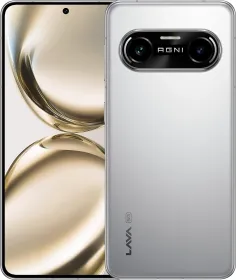Last month, when Asus presented third generation Zenfones, the Zenfone 3 stood apart from the rest of the portfolio. Despite being a mid-range phone, it feels premium and is more competitively priced than other Zenfone 3 series models. It made a really positive impression on me at the launch event. The only apprehension I had about Zenfone 3 at that point of time was its camera. I have been testing its camera for about a week now, and without further ado, let’s discuss the Zenfone 3 camera performance.

Camera Hardware and Software:
On paper, Zenfone 3 sports a 16-megapixel primary snapper with f/2.0 aperture, laser auto-focus, optical image stabilization and dual LED flash. On the front, it bears an 8-megapixel selfie camera with a similar wide f/2.0 aperture lens. The software part is where Asus’s PixelMaster technology comes into play
If you have used a Zenfone before, you will feel right at home with the camera app. Nothing much has changed here. The App includes several shooting modes such as Auto, Manual, HDR Pro, Beautification, Super Resolution and a bunch more. Like most modern day smartphones, it also features a Beautify mode which works on both front and rear camera and allows users to adjust their skin tone, blush, soften skin, enhance eyes and thin cheeks.
Long Shot:
All these shots were taken outdoors at different locations and different time of the day. As you can see, the Zenfone 3 does a very good job here. The details, white-balance, and colors on the first two images are sharp and accurate. The last image was shot with HDR on in auto mode. Details and colors are true-to-life.
Close Ups
The Zenfone 3 camera can quickly lock focus in close-up shots. Images clicked in all lighting conditions are vivid, show good details and accurately exposed.
Close Up with Zoom:
Even with a 100 percent crop, the texture on flower petals is clearly noticeable, and there is no distortion in colors. We noticed some negligible noise in a few shots, but details are still pretty decent.
HDR:
These are few images I captured with and without HDR from my Asus Zenfone 3. The images captured with HDR are more evenly exposed in comparison to normal shots. Unlike what we usually see, the HDR mode doesn’t make drastic changes.
Low Light Captures:
Low light photography has always been a tough nut to crack for smartphones. The Asus Zenfone 3 does manage to perform well in tricky low light conditions.
The very first image was captured without flash in dark ambiance. You can make out the surroundings even though the picture was shot in very low lighting. The image is a bit grainy, but that’s quite understandable. The one taken with flash is slightly better.
The real deal is the Low Light Mode, in this mode, the camera clicks oversampled 4MP images. In my low light mode hands-on, the image turned well evenly exposed even when the ambiance was pitch dark (the three shots above were clicked successively at the same time). The ISO in the above image is very high (3900) yet the software eliminates noise deftly (thanks to oversampling). However, take care that there aren’t many light sources in the composition. As you can see, the light emitting from street lamps in the picture is over blown.
Selfie:
The selfie camera on the Zenfone 3 didn’t disappoint either. This moderately beautified shot was taken outdoors and turned out pretty good. The camera performance in indoor lighting is also good.
Bottom-line:
The Asus Zenfone 3 camera turns out to be a pretty darn good. The myriad marketing terms Asus has been associating with the camera technology didn’t turn out underwhelming, and the well-optimized camera software and hardware does make a difference. We were able to effortlessly capture excellent shots most of the time. When compared to other smartphone cameras in this budget, we would place it a step above Xiaomi Mi5 and perhaps, at par with the Le Max2. For video recording, Zenfone 3 is even better.



































You tested both Moto G5 Plus and Zenfone 3 ZE520KL. Which one is more produce the best photo and the best experience in taking shots?
Both cameras offer good dynamic range and details, therefore, it is extremely difficult to pick one. The Asus Zenfone 3 though has an edge with its selfie camera and video capabilities. On the other hand, Moto G5 Plus is a better package especially considering its price.